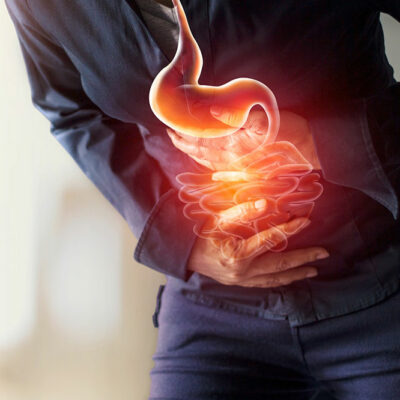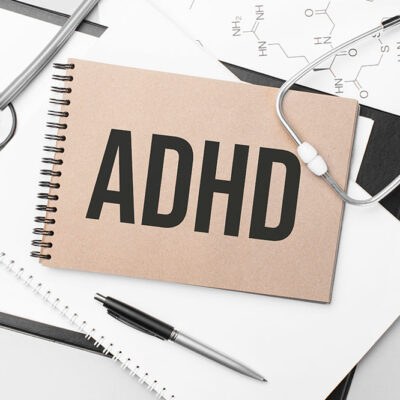
health
Understanding the essentials about menopause
Menopause is a stage at which the woman stops going through menstrual cycles. It is only considered menopause if you have not had your period for at least 12 months. In the US, the average age for it to occur is 51, but it can start as early as your 40s. It is a biological process that occurs naturally but, due to certain symptoms it causes, it can lead to disruptions in your daily schedule and life. Stages of menopause Menopause has three different stages, as given below. Perimenopause Before the actual menopause starts, the women’s body goes into the process of shifting from natural menstruation and ovulation cycle to permanent infertility. This stage is known as perimenopause. It generally starts in your 40s, but some women may experience it in their 30s too. The symptoms include irregular periods, sleep problems, and hot flashes. Menopause If you have not had your period in one year, then the perimenopause is over, and the actual menopause stage begins. You cannot get pregnant once you enter this stage. Postmenopause The years that follow are the postmenopause stage. The physical and emotional symptoms of menopause start to subside in most cases. You start to regain your energy levels and feel more emotionally stable.



















